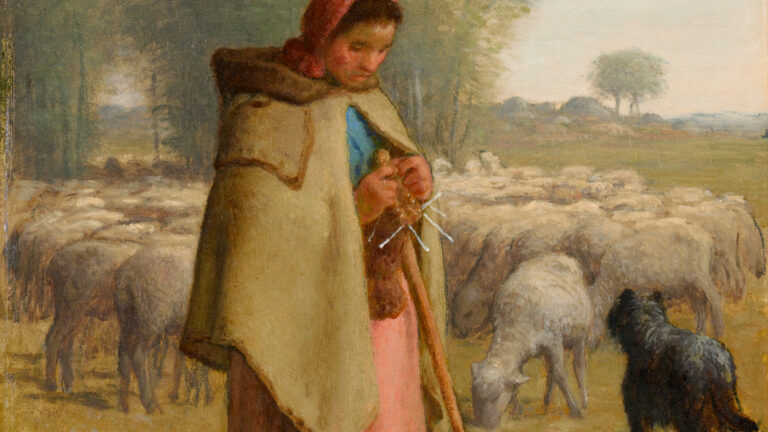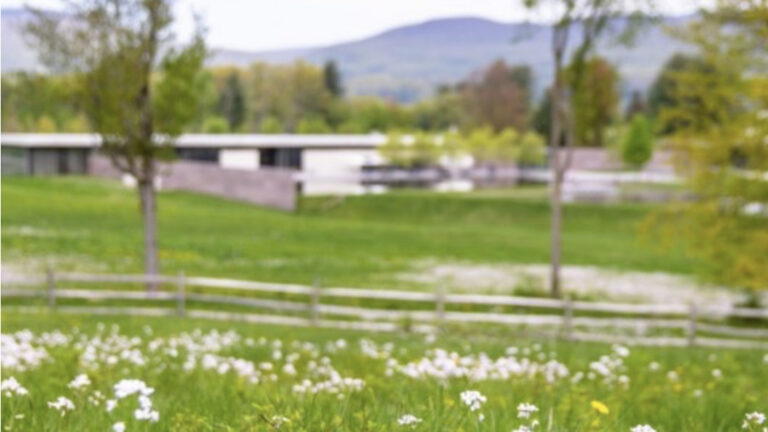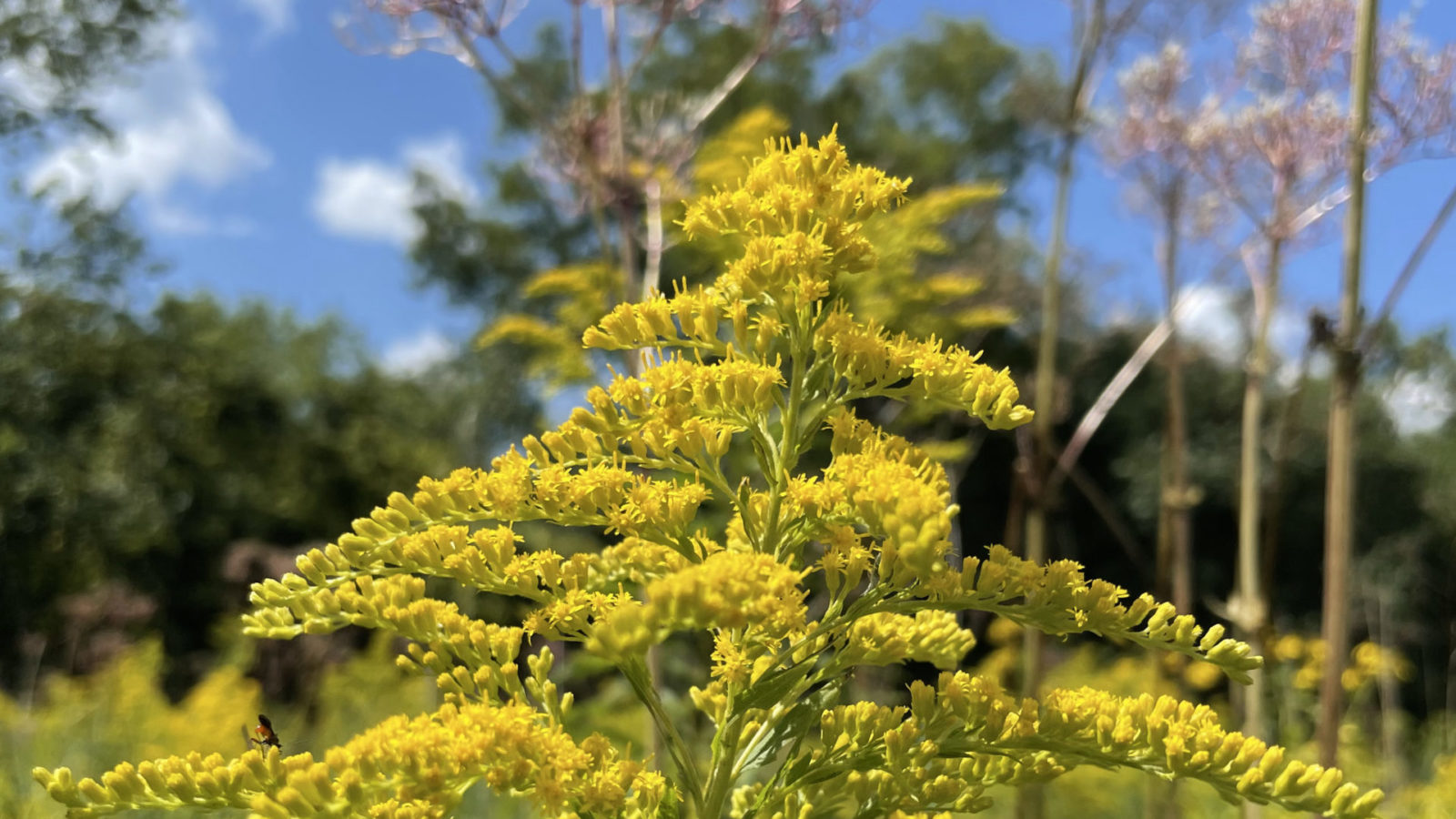Walking through wildflowers taller than I am makes me want to laugh and lie back and watch the sky … they give perspective, somehow. The yellow coneflower grows higher than I can reach, and a bee lands right at my eye level, busy in the cluster of tiny flowers that make the cone.
This close I can see the minute florets clearly. Some of them hold dark tips. Are they the anthers and stamens, where the flower makes and keeps pollen? Yellow filaments are curving from others, and I wish I knew more about where this worker bee is drinking. She’s iridescent in the sunlight.
Meadows have a glow in September. Leaves have a golden cast and the golden rod is starting to peak, and the bushes along the boardwalk are thick with deep blue fruit — are they black chokeberries?
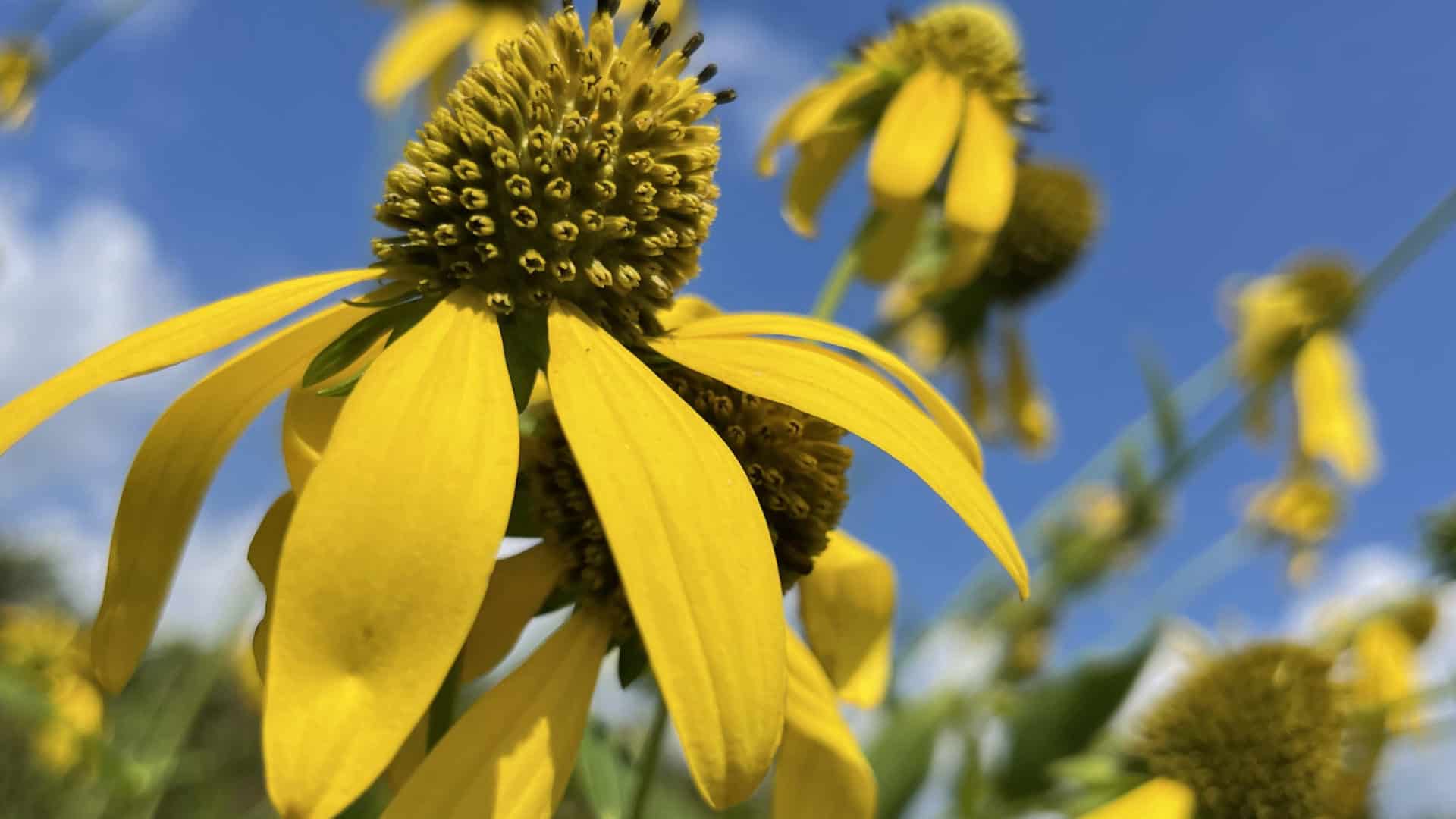
Cutleaf coneflower blooms wild in Canoe Meadows.
Maybe I’ll catch a bird walk with Zach Adams while we’re still in migration season, so I can ask him. I wonder how many wildflowers bloom at the end of summer, and how many fall meadow flowers I haven’t even seen yet.
And if I were walking here before European incomers (both people and plants) changed the landscape, how would the meadow look … who would be blooming, and flying, and opening to the sun?
Earlier this summer, Mohican herbalist Misty Cook came the Berkshires to talk about healing plants like the milkweed forming their seed pods now. She told us about picking young milkweed shoots in the spring. And remembering, I wish she would walk here and talk, with the Joe Pye Weed in full blow, and I could listen.
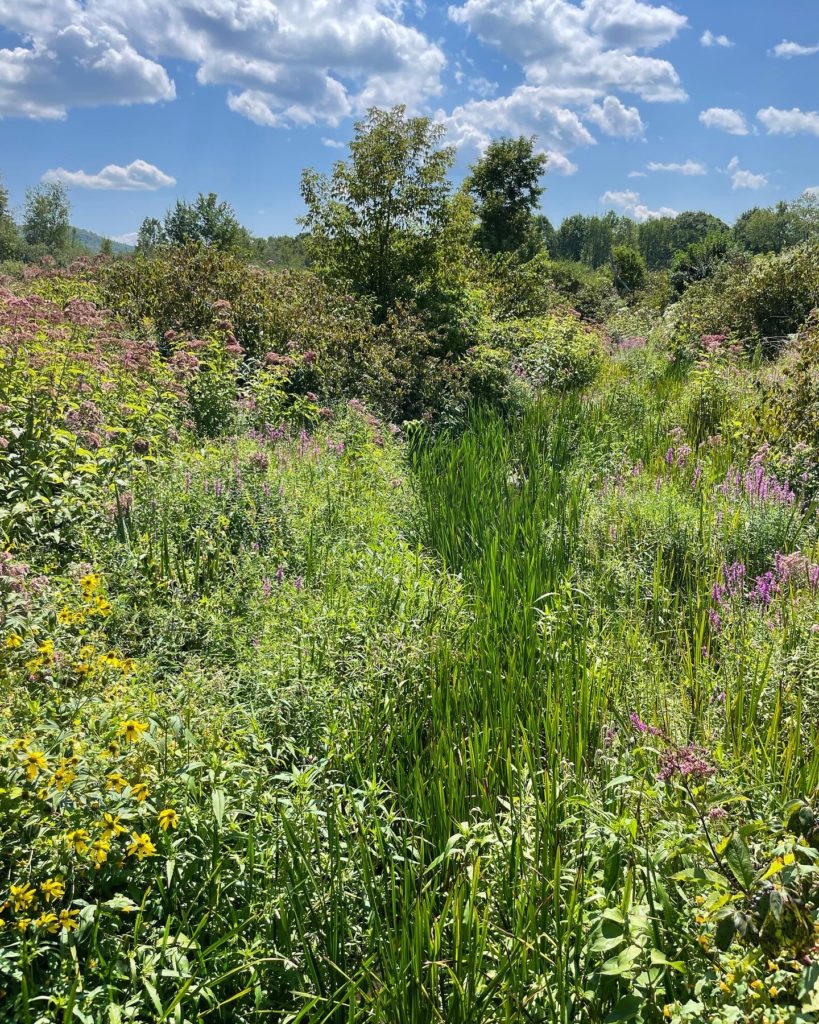
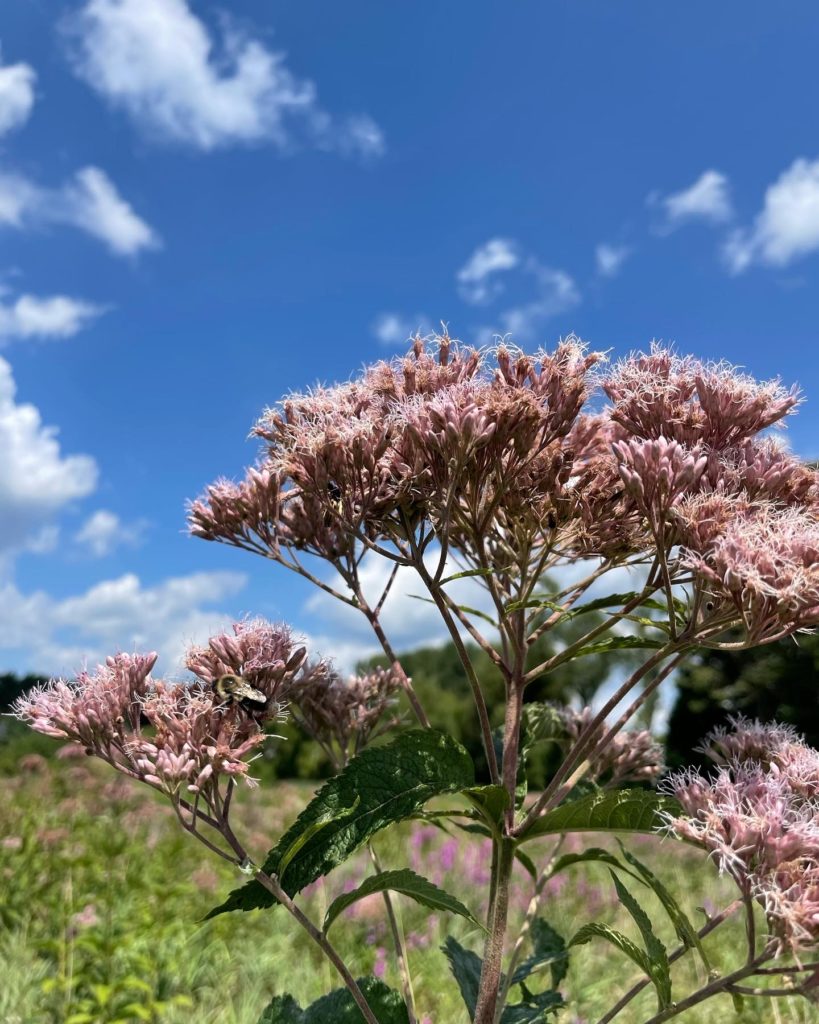
We Are Still Here
At least an estimated 100,000 Native people lived in Massachusetts before European contact — and throughout September the Osher Institute of Lifetime Learning (OLLI) at Berkshire Community college will celebrate their stories in We Are Still Here: Northeastern Indigenous Peoples — walks and talks, performances and stories.
You can explore art shows, music, tours of historic sites with emphasis on connections with the Indigenous community, reading groups focused on books by Indigenous writers of the Northeast and talks on people and places, past and future …
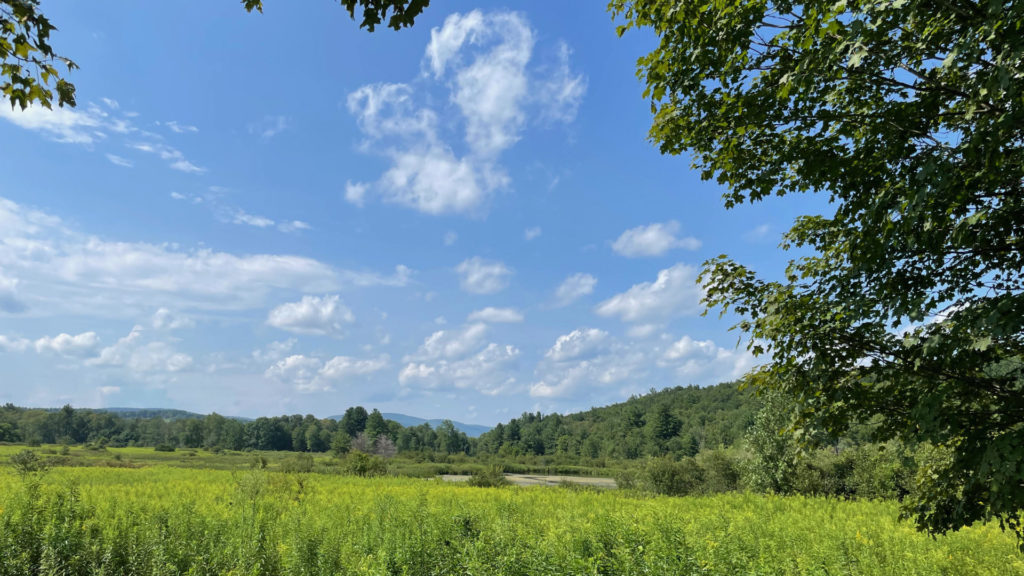
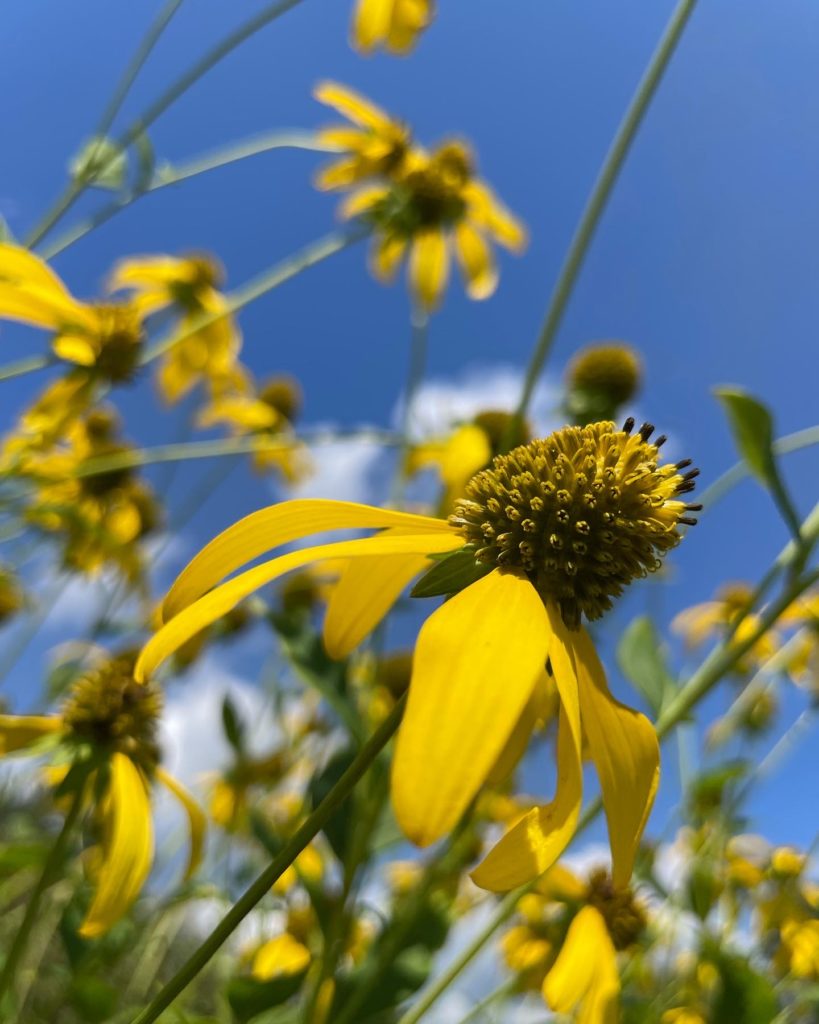
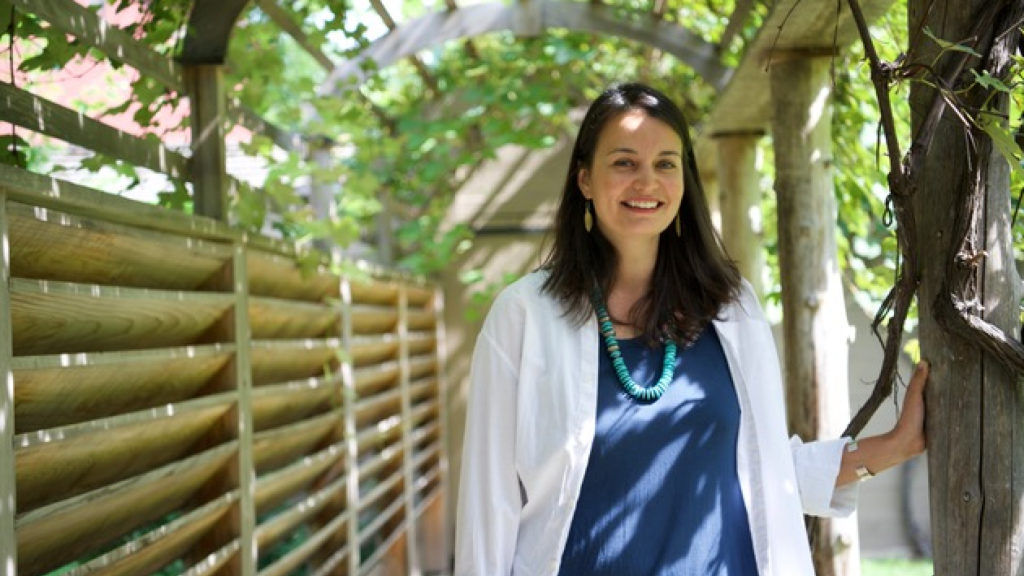
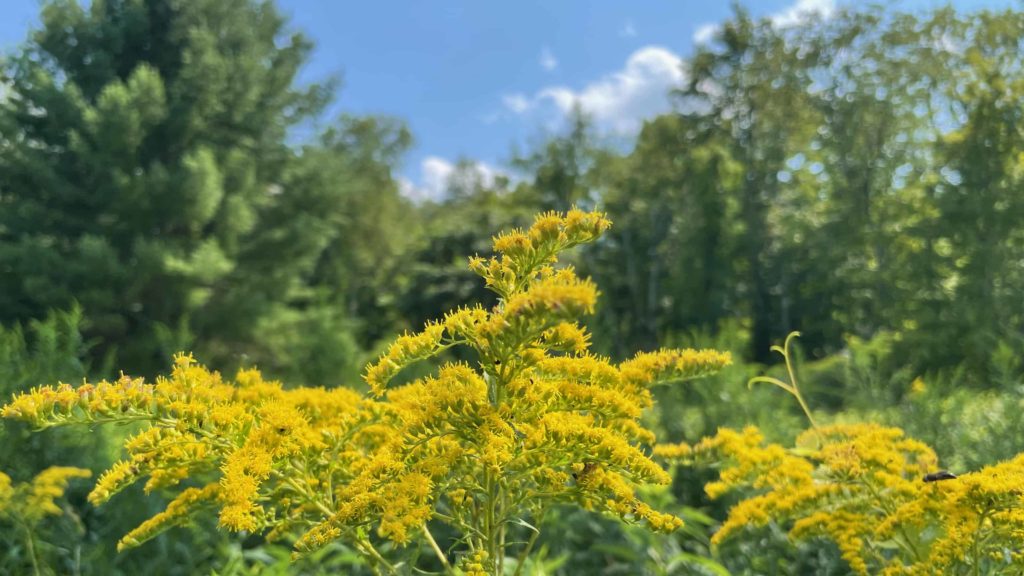
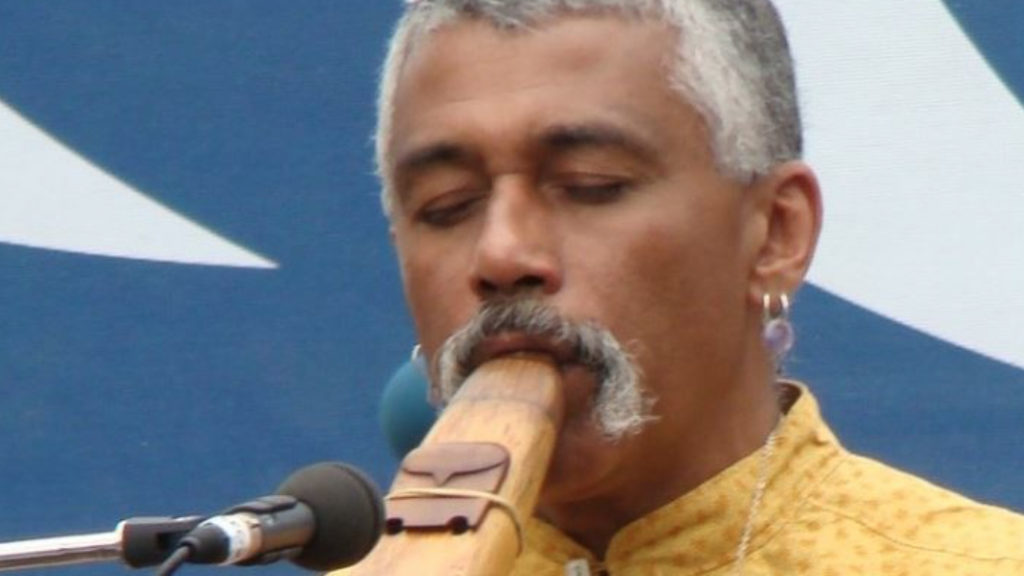
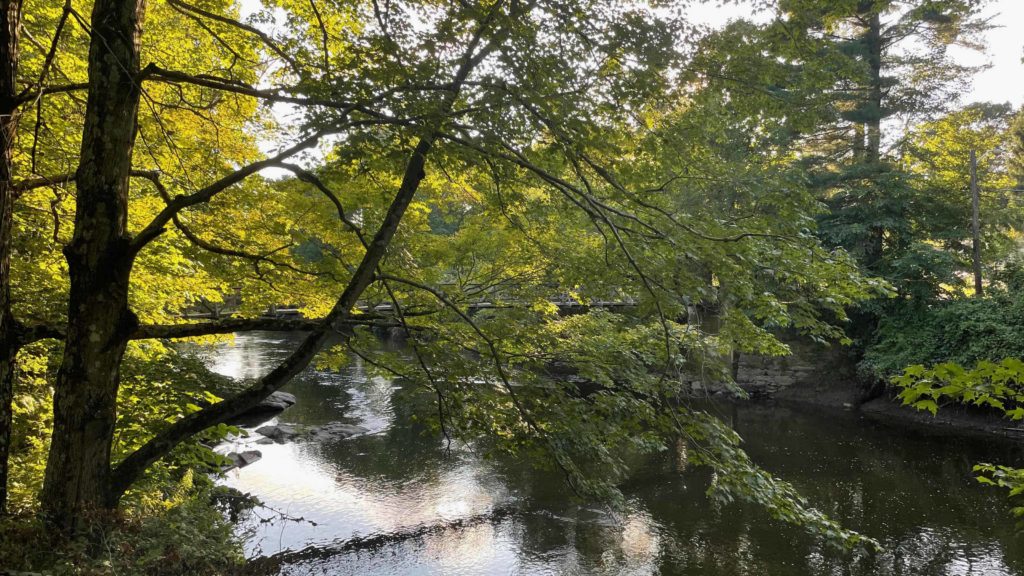
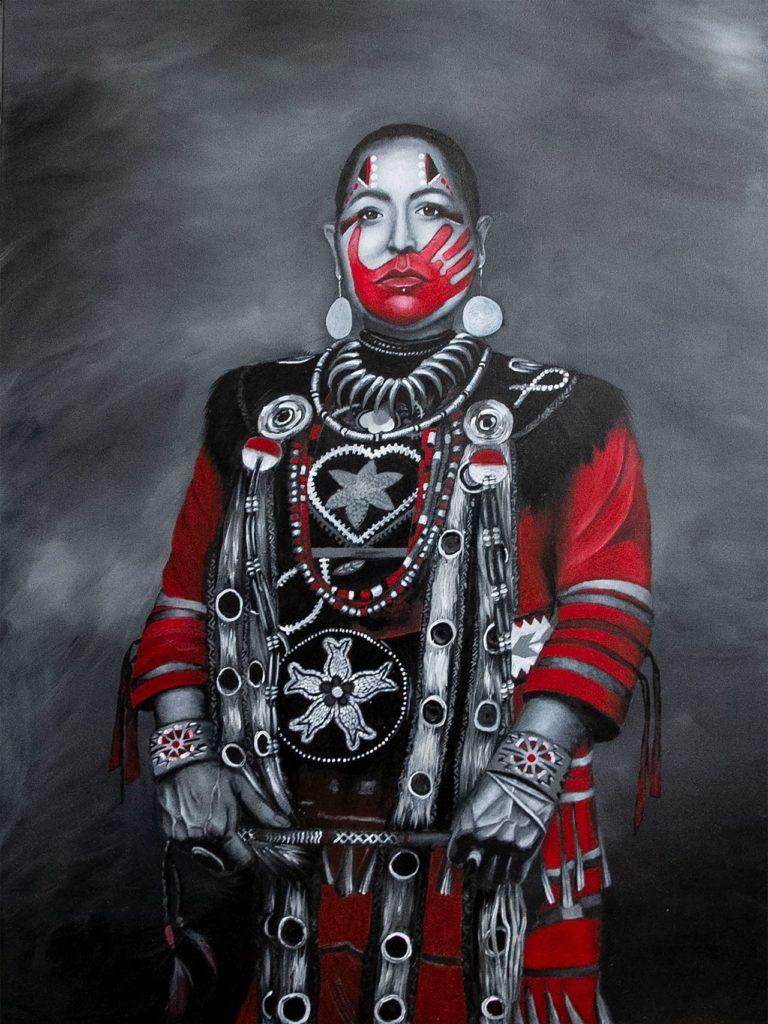
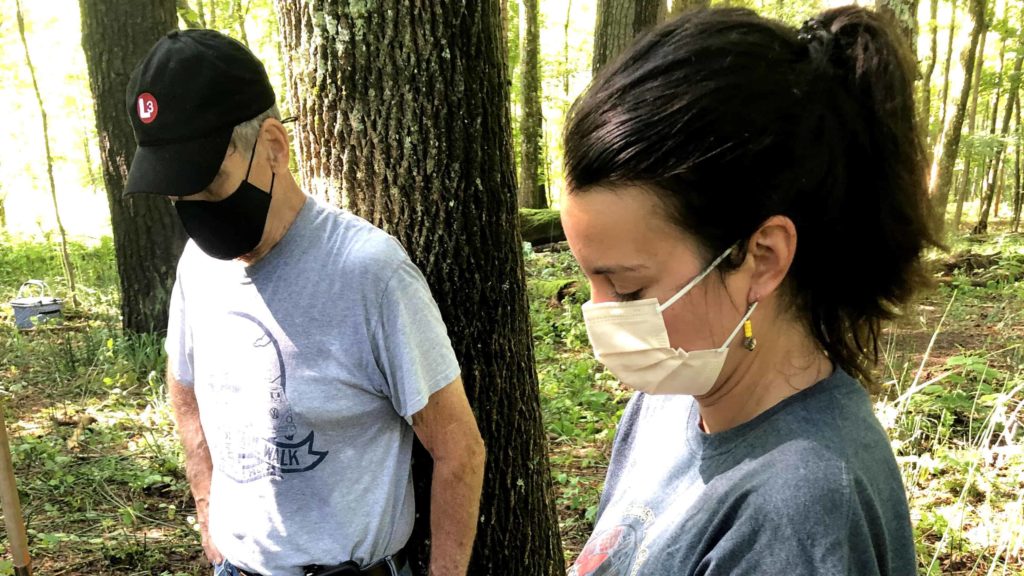
Events coming up …
Find more art and performance, outdoors and food in the BTW events calendar.
